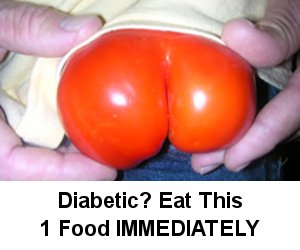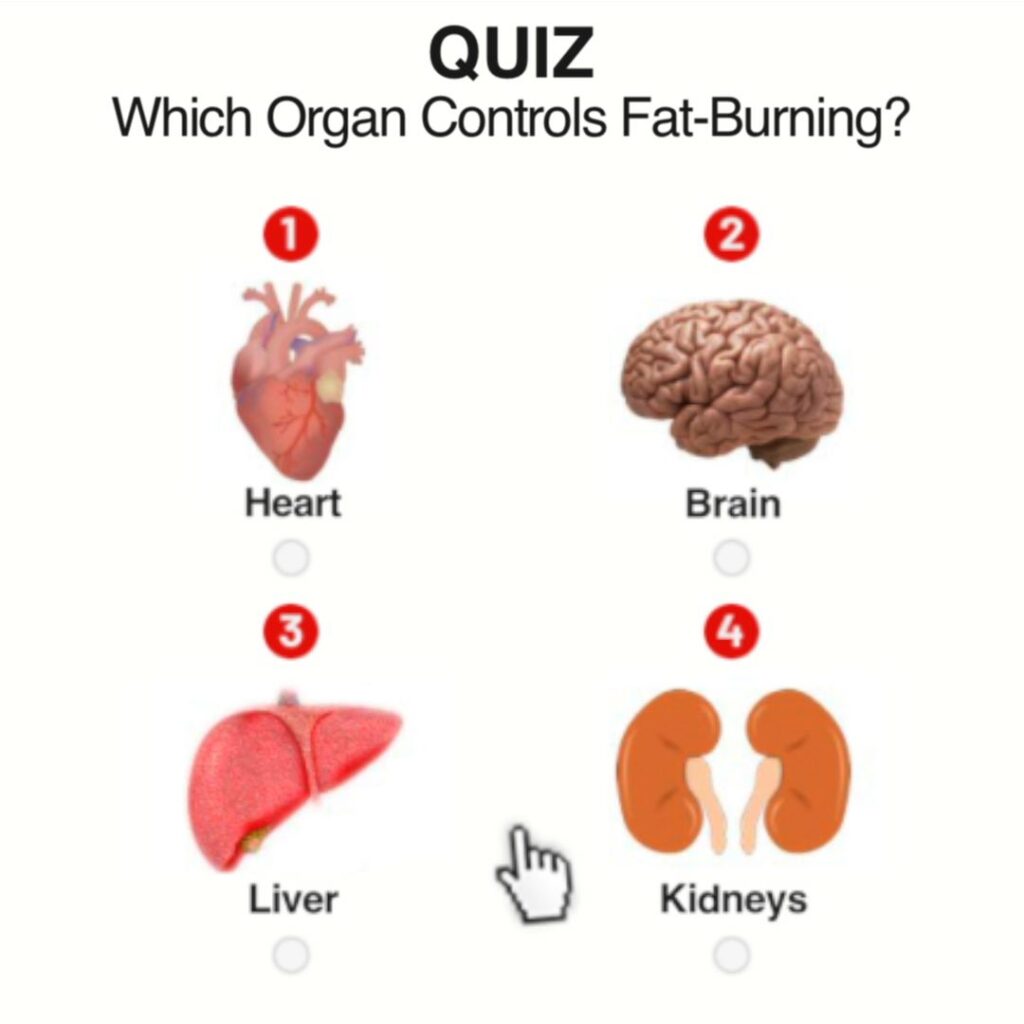When people develop insulin resistance, a condition where the body does not use insulin properly, their doctor may recommend following an insulin resistance diet. This can help reduce or reverse insulin resistance, which can also lower your risk of heart disease and type 2 diabetes.
While researchers have not identified an optimal diet that can reverse insulin resistance, several specific dietary measures can help. These dietary measures include eating a calorie-restricted diet, losing weight and eating a variety of foods.
Calorie Restriction
When people want to lose weight, nutritionists create diet programs to help them eat less calories than are needed to sustain their weight. This is called calorie restriction. People gain weight when they eat too many calories, which creates excess fat, so to lose it, they need to eat fewer calories.
A 2001 report by the American Family Physician shows that eating a calorie-restricted diet can reduce insulin resistance — even before people lose any significant weight. People who are obese or overweight can further reduce insulin resistance by losing a small amount of weight. Some studies have identified significant improvements in insulin sensitivity after people lose 15 percent of their total body weight.
So how many calories should you eat? To lose weight, the National Institutes of Health recommends eating 500 to 1,000 less calories per day. People should expect to lose between 1 to 2 pounds per week, which is considered a safe amount of weight loss.
Eating a Healthy Diet
While any sort of weight loss can reduce insulin resistance, many health organizations, such as the Centers for Disease Control and Prevention, recommend eating a healthy, balanced diet to lose weight safely. Although many diet plans — such as the Cabbage Soup Diet or The Master Cleanse — can help you lose a lot of weight, they do not teach you how to sustain your weight loss, which can make it hard to keep the weight off. You are most likely to be successful if you make changes to your diet that are reasonable and consistent.
So how do you eat healthfully?
- Eat plenty of fresh vegetables and fruits. These foods also contain fiber, which can lower insulin resistance.
- Add more whole grains to your diet, which are also rich in fiber.
- Eat more foods that are low in trans fat, saturated fat, salt and sugar. These foods are usually less nutritious and contain more calories.
- Cook smart. Instead of cooking food by deep frying it or covering it in breading, try baking or grilling your food. Instead of using a lot of oil, use low-calorie oil sprays instead.
- Eat your comfort foods in moderation. Instead of indulging in a huge slice of cheesecake after supper, try eating it once a week or cutting the serving size in half. Eating healthfully doesn’t mean you have to give up your comfort foods — you just have to eat them in moderation.
How to Beat Insulin Resistance
It’s important to note that although eating a healthy, calorie-controlled diet can reduce insulin resistance, there are other ways you can improve it. Exercise — even something simple like walking — has been shown to be very effective at improving insulin sensitivity. If you wish to go the medicinal route, drugs such as metformin can also improve insulin sensitivity. The best method, however, is combining a healthy diet with a healthy exercise plan.
Original post found at: http://health.yahoo.net/articles/diabetes/insulin-resistance-dietP.S. As the article concluded, the best way to lose and maintain your weight is to combine proper nutrition with exercise.
P.P.S. Visit exercises for diabetics today to discover exercises specifically geared to diabetics or click on the link at the top right if this page. Dr. Charles of the Fat Loss Factor offers some great resources to help you become more insulin sensitive again. Visit him here to discover what others are saying about his program.






